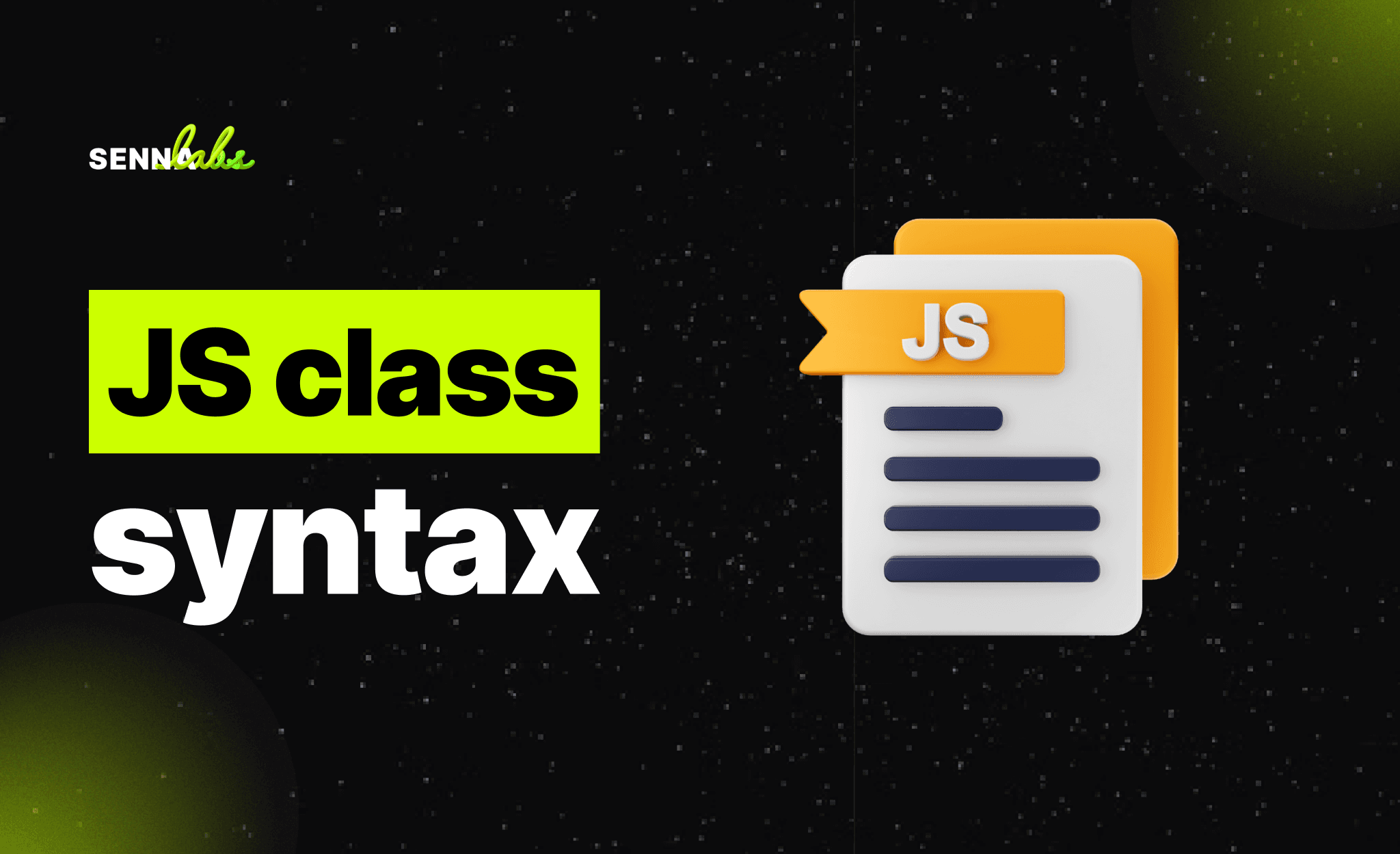Cloud-Based Web Hosting: Enhancing Website Performance and Scalability
Share

As businesses continue to expand their digital presence, website performance and scalability have become critical factors in delivering seamless user experiences. Cloud-based web hosting is now the preferred solution for organizations looking for high availability, faster load times, and scalable infrastructure.
A practical example of cloud hosting’s impact is MyCloud Fulfillment, which uses cloud-based infrastructure to handle real-time order processing across multiple sales channels. By leveraging cloud hosting, MyCloud ensures high system reliability, improved website speed, and the ability to scale effortlessly.
This article explores how cloud-based hosting enhances website performance, key benefits for businesses, and why scalability is crucial in the digital economy.

What is Cloud-Based Web Hosting?
Cloud-based web hosting distributes website resources across multiple servers rather than relying on a single physical machine. This decentralized approach offers higher uptime, better performance, and on-demand scalability.
How Cloud Hosting Works
-
Data is stored across multiple servers (instead of a single server).
-
Resources are allocated dynamically based on traffic and demand.
-
Load balancing distributes requests to ensure smooth performance.
-
Automatic scaling adjusts server capacity based on real-time needs.
Key Technologies Driving Cloud Hosting
-
Content Delivery Networks (CDNs) – Improves website speed by caching content closer to users.
-
Auto-Scaling – Adjusts server resources based on traffic fluctuations.
-
Redundant Storage and Backup Systems – Ensures data recovery and disaster resilience.
Why Businesses Are Moving to Cloud-Based Hosting
1) Faster Load Times and Improved Performance
-
Traditional hosting relies on a single server, while cloud hosting uses multiple servers, ensuring faster load speeds.
-
CDN integration caches content, reducing latency and improving global performance.
2) High Availability and Reliability
-
Cloud hosting prevents downtime by automatically switching to backup servers if one fails.
-
Websites can maintain uptime even during traffic spikes or cyberattacks.
3) Scalability for Growing Businesses
-
Auto-scaling adjusts server capacity dynamically based on real-time demand.
-
Ideal for businesses with seasonal traffic spikes (e.g., e-commerce during Black Friday).
4) Cost Efficiency and Flexible Pricing
-
Cloud hosting follows a pay-as-you-go model, meaning businesses only pay for the resources they use.
-
Reduces hardware maintenance and server management costs.
5) Better Security and Data Protection
-
Cloud security tools offer firewalls, DDoS protection, and real-time threat detection.
-
Automated backups and disaster recovery minimize data loss risks.
Real Use Case: How MyCloud Fulfillment Leverages Cloud Hosting
Challenge
MyCloud Fulfillment, a leading order fulfillment platform, needed a hosting solution that could:
-
Process orders in real-time across multiple sales channels (Shopee, Lazada, Shopify, etc.).
-
Scale seamlessly to handle fluctuations in order volumes.
-
Ensure fast response times and uptime for warehouse and customer applications.
Solution: Implementing Cloud-Based Hosting
-
MyCloud migrated to a cloud infrastructure with load balancing and auto-scaling.
-
Integrated real-time data processing to synchronize inventory and sales updates instantly.
-
Used edge computing and CDNs to improve response times for regional customers.
Results
-
Order processing time reduced by 40%, improving fulfillment speed.
-
Website uptime reached 99.99%, ensuring uninterrupted service.
-
Operational costs decreased, as cloud hosting eliminated hardware dependency.
This case study highlights how cloud-based hosting optimizes real-time data management, improves website responsiveness, and scales efficiently.
How to Choose the Right Cloud Hosting Provider
Step 1: Assess Hosting Needs and Traffic Requirements
-
Determine whether your business requires high-performance computing (HPC), global reach, or basic hosting.
-
Analyze peak traffic trends to estimate scalability needs.
Step 2: Compare Cloud Hosting Providers
|
Feature |
AWS |
Google Cloud |
Microsoft Azure |
DigitalOcean |
|
Performance |
High |
High |
High |
Moderate |
|
Scalability |
Excellent |
Excellent |
Excellent |
Good |
|
Pricing Model |
Pay-as-you-go |
Pay-as-you-go |
Pay-as-you-go |
Flat-rate |
|
Security |
Enterprise-level |
AI-powered security |
Multi-layered security |
Standard security |
|
Best For |
Large enterprises |
AI/ML applications |
Hybrid cloud solutions |
Startups & developers |
Step 3: Implement Performance Optimization
-
Use a CDN to reduce server load and improve global speed.
-
Enable caching (browser, database, object caching) for faster load times.
-
Monitor website performance with tools like Google Lighthouse and Cloudflare Analytics.
Step 4: Set Up Auto-Scaling and Disaster Recovery
-
Enable auto-scaling to handle high-traffic events without downtime.
-
Implement cloud backup solutions for data recovery in case of failures.
Challenges of Cloud-Based Hosting
1) Data Security and Compliance
-
Businesses must ensure compliance with GDPR, CCPA, and industry-specific regulations.
-
Cloud providers must offer encryption and multi-factor authentication for secure data access.
2) Managing Cloud Costs
-
While cloud hosting offers flexibility, unexpected usage spikes can increase costs.
-
Businesses need to optimize resource allocation and monitor usage.
3) Dependency on Internet Connectivity
-
Cloud hosting requires a stable internet connection, making downtime a potential risk in low-connectivity areas.
The Future of Cloud Hosting in 2025 and Beyond
1) AI-Powered Cloud Optimization
-
AI-driven analytics will help businesses predict traffic spikes and adjust resources automatically.
2) Edge Computing for Ultra-Low Latency
-
Cloud hosting will shift towards edge computing, where data is processed closer to users for faster load times.
3) Quantum Computing for Security and Processing Speed
-
Cloud providers will integrate quantum security measures to prevent data breaches and enhance processing power.
4) Serverless and Hybrid Cloud Models
-
Businesses will adopt serverless computing, where cloud providers handle all backend operations, reducing management complexity.
Conclusion:
Cloud-based web hosting offers high-performance, cost-efficient, and scalable infrastructure that helps businesses manage large volumes of traffic, real-time transactions, and global accessibility. MyCloud Fulfillment’s adoption of cloud hosting showcases how businesses can enhance reliability, improve speed, and scale operations effortlessly.

Share

Keep me postedto follow product news, latest in technology, solutions, and updates
Related articles
Explore all


